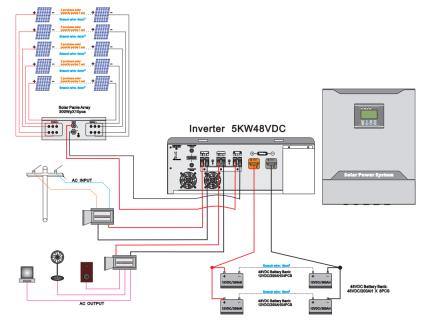Overview:
This paper designs and implements a new high PSRR, low TC bandgap reference source. The focus is on the bandgap reference source power supply rejection capability, especially the high frequency PSRR, which achieves the high performance specification of the PSRR in the wide frequency range. The simulation is carried out in a 0.35 μm BiCMOS process. The results show that the PSRR reaches -108.5 dB at 1 Hz and -58.9 dB at 15 MHz. The second-temperature drift compensation circuit makes the bandgap reference source output a reference voltage of 1.183 V at room temperature. The temperature drift coefficient is as low as 1.5 ppm/°C in the temperature range of -40 °C to 95 °C.
Bandgap reference sources are an important part of analog integrated circuits and digital-analog hybrid integrated circuits. As the operating frequency of the SoC continues to increase, some high-speed digital circuits and noise-sensitive analog (or RF) circuits within the chip have higher and higher requirements for the high-frequency rejection of the reference voltage. Design a wideband high power supply rejection ratio (PSRR), low temperature drift TC (Temperature Coefficient), and a small bandgap reference source BGR (Bandgap) for internal circuit use is the SoC power management system. The essential.
The power supply voltage often has about 10% fluctuations and noise interference. The function of the BGR is to provide a stable reference voltage that is less affected by temperature drift, and this voltage has sufficient suppression of fluctuations and noise at the power supply end. The traditional BGR has poor power supply rejection capability in the high frequency band (above 100 kHz). For this reason, the BGR output reference voltage is effectively isolated from the power supply voltage by the path of BGR power supply rejection, and the broadband voltage is high. Performance requirements for power supply rejection ratios. In SoC applications, level shifting, data conversion circuits, and other RF circuits impose lower temperature drift coefficients on BGR. Therefore, the low temperature drift coefficient has become the most research index of most BGR related papers, and the second, third and even higher temperature drift compensation circuits emerge one after another. Representative examples include exponential compensation method [1], linear compensation method [2] ], different material resistance compensation method [3] and so on. This paper proposes a PTAT2 (Positive Temperature Coefficient) current generation circuit, which compensates for temperature drift twice, has a simple circuit structure, and can achieve a smaller temperature drift coefficient with a wide temperature variation range BGR.
(Please read the PDF for details)
Pure sine ware output
Optional MPPT/PWM solar charge controller 60A
MPPT Efficiency max 98%
DC Start & Automatic Self-Diagnostic Function

On/Off Grid Solar Inverter,Hybrid Inverter With Mppt Charge,pure sine wave solar inverter
suzhou whaylan new energy technology co., ltd , https://www.whaylan.com
